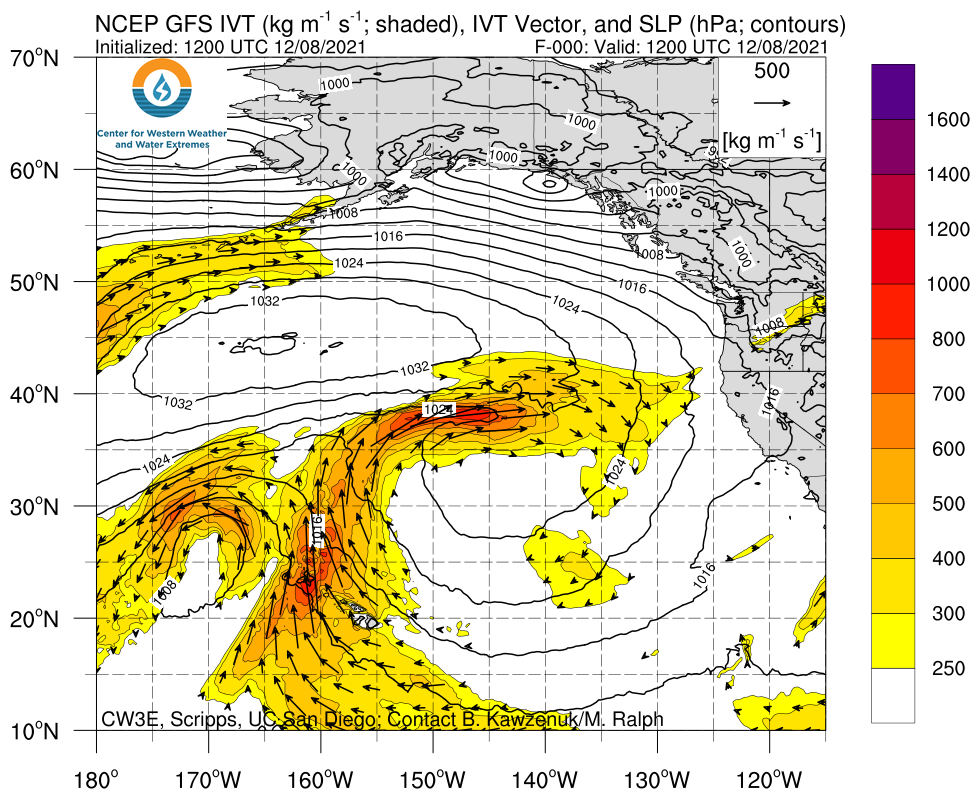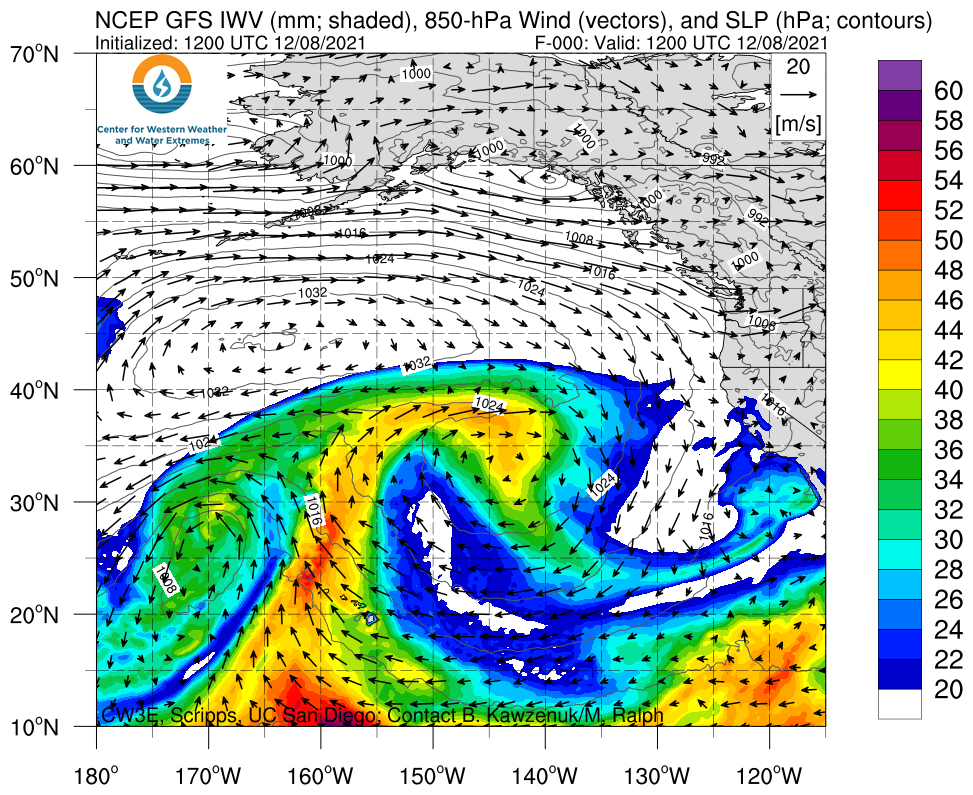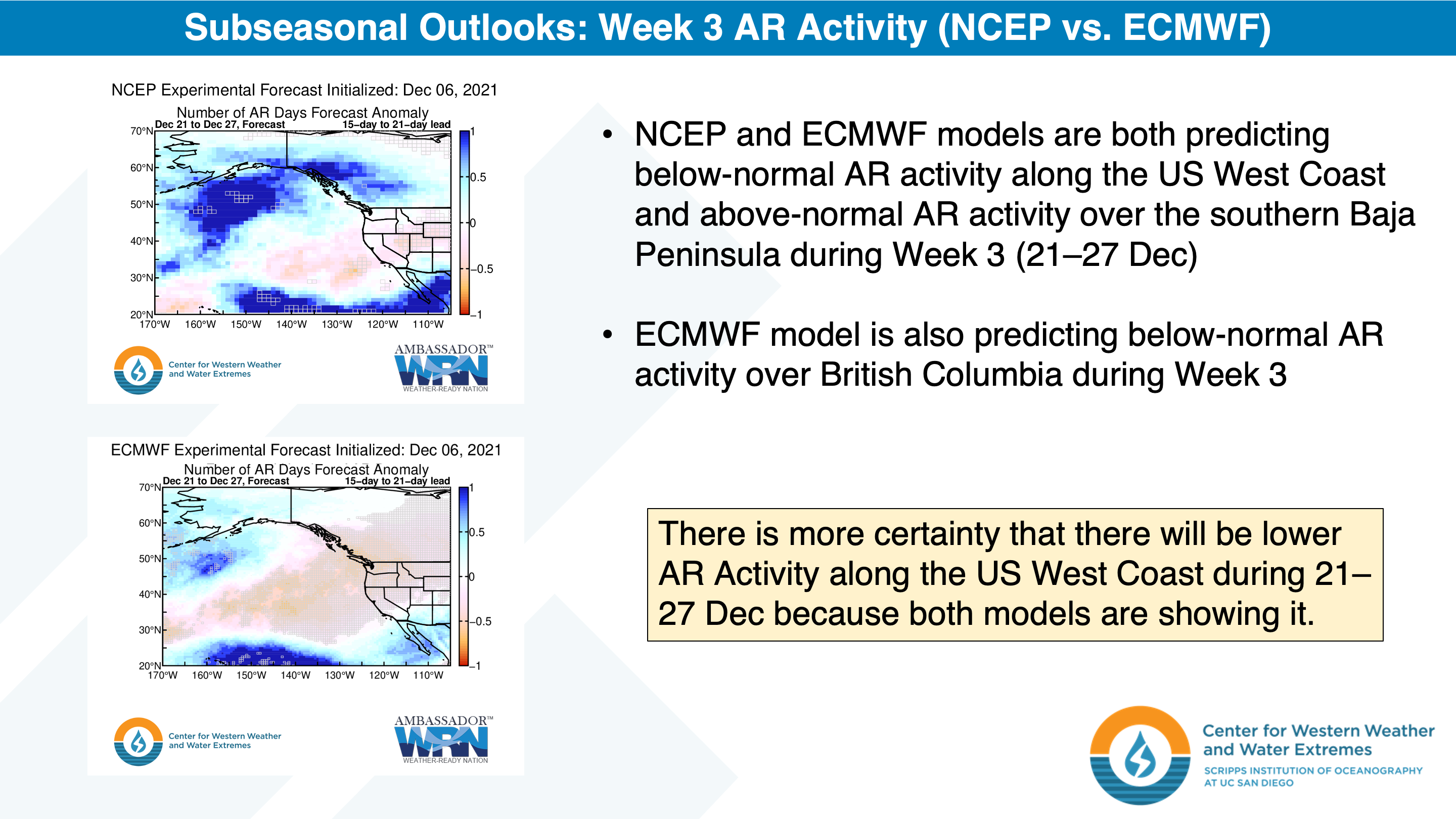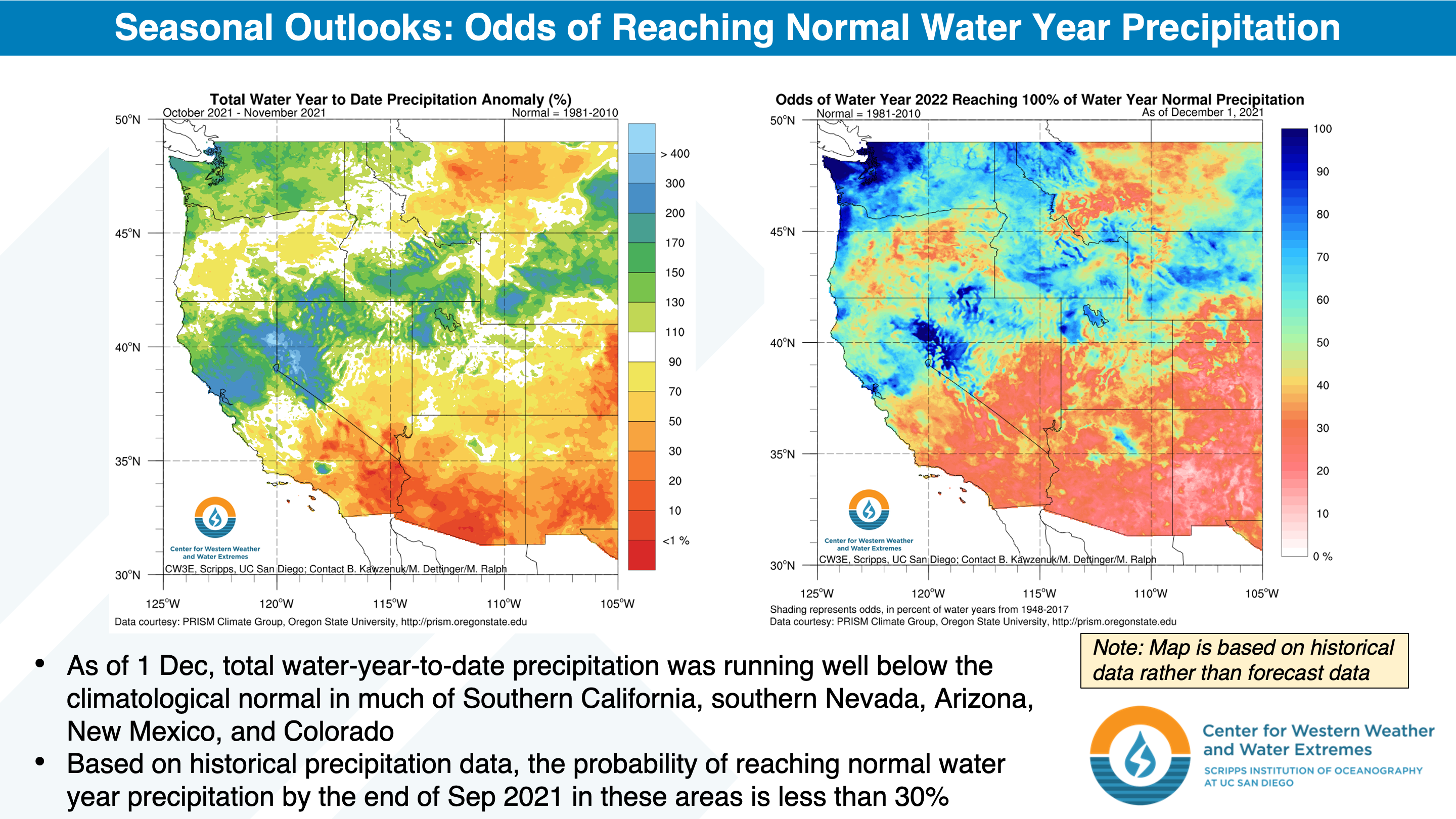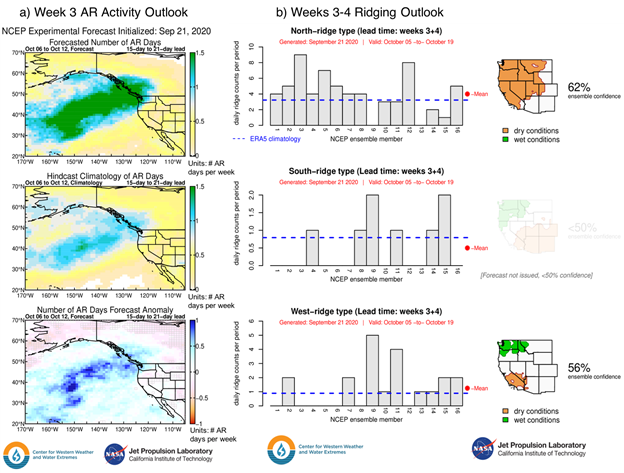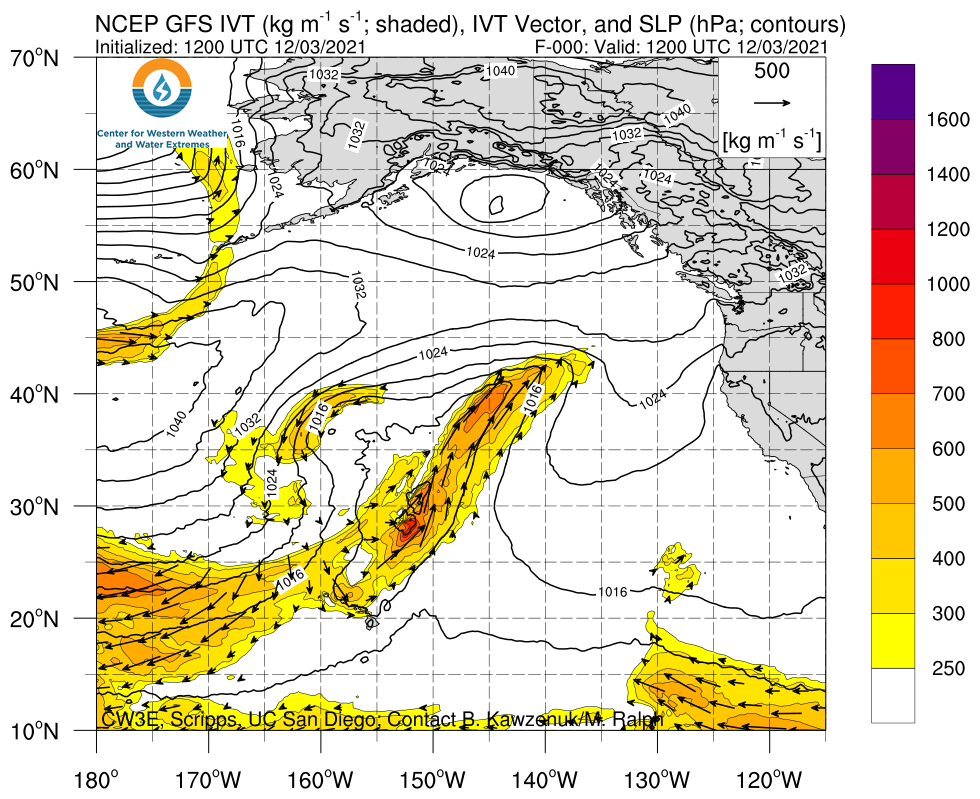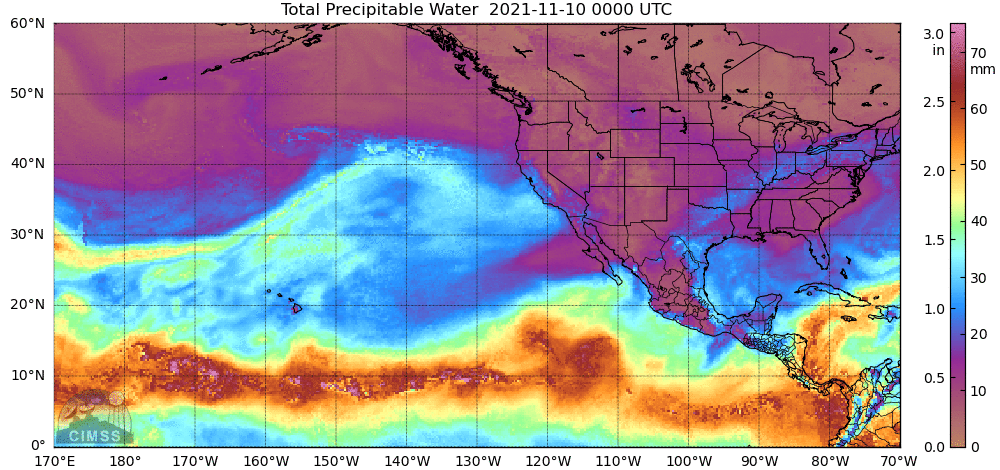Bibliography of AR-Focused Publications
November 23, 2021
The Center for Western Weather and Water Extremes (CW3E) recently developed a bibliography of scientific journal articles focused on atmospheric rivers (ARs). This AR bibliography includes 350 journal articles directly focused on ARs from 1991 through 2020. It is developed for use by CW3E, its collaborators, and to share with other interested people. Meanwhile, it provides a resource that allows people new to the AR topic to find key relevant articles and increases the ease of keeping up to date on the growing literature.
The scientific journal articles focused on ARs in this bibliography were identified as the articles with the words “atmospheric river” or “atmospheric rivers” (tropospheric rivers) in their title from peer-reviewed journals according to the search results from Google Scholar. Other journal articles focused on ARs are not included currently but may be added in the future. Books, or book chapters, including “Atmospheric Rivers” published in 2020, are also not included.

Figure 1. Annual count of AR publications in 1991-2020. The AR publications here were identified as the publications with “atmospheric river” or “atmospheric rivers” in the title from peer-reviewed journals according to Google Scholar.
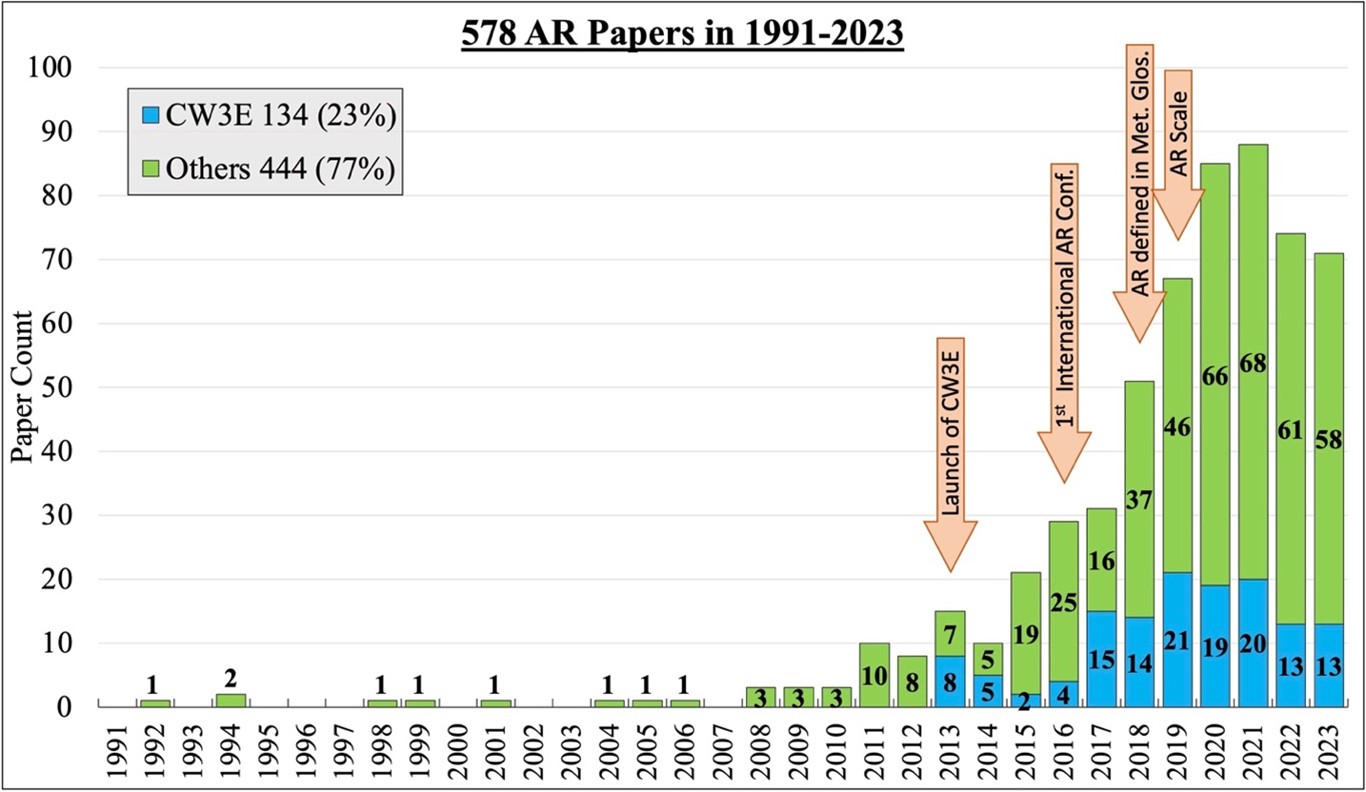
Figure 2. Same as Figure 1 but for the publications from CW3E (blue) and the others (green). The red
arrows label the important time points for AR research.
The concept of ARs first appeared in the peer-reviewed literature in the early 1990s. Newell and Zhu found a long and narrow region of intense water vapor flux in the troposphere and named it atmospheric/tropospheric river (Newell et al, 1992; Newell and Zhu 1994; Zhu and Newell 1994). Through the 1990s, there were only seven AR-focused journal articles published (Figure 1). During the 2000s the number of AR-focused studies increased slights to 10, these included Ralph et al. (2004, 2005, and 2006), which investigated the structure of ARs using observations, the influence of ARs on extreme precipitation, and the role of ARs in flooding, respectively. Then, in the last decade (the 2010s) the interest in ARs grew quickly, which was highlighted by the rapid increase in AR publications from three in 2010 to 67 in 2019 and a total number of AR journal articles of 248 during that decade. The Center for Western Weather and Water Extremes (CW3E) was established in 2013 and contributed about 25% of the 350 publications in 1991-2020 (Figure 2). Several significant events led by CW3E occurred during the 2010s, including the 1st International Atmospheric Rivers Conference in 2016, the addition of the AR definition to the AMS Glossary of Meteorology in 2018, and the launch (publication in BAMS in 2019) of the AR Scale based on AR intensity and duration. The number of AR-focused articles has continued to increase during the current decade. The selection criteria in this bibliography are different from the criteria used in Wilson et al. 2020, which includes journal and conference papers with “atmospheric rivers” anywhere in the paper.
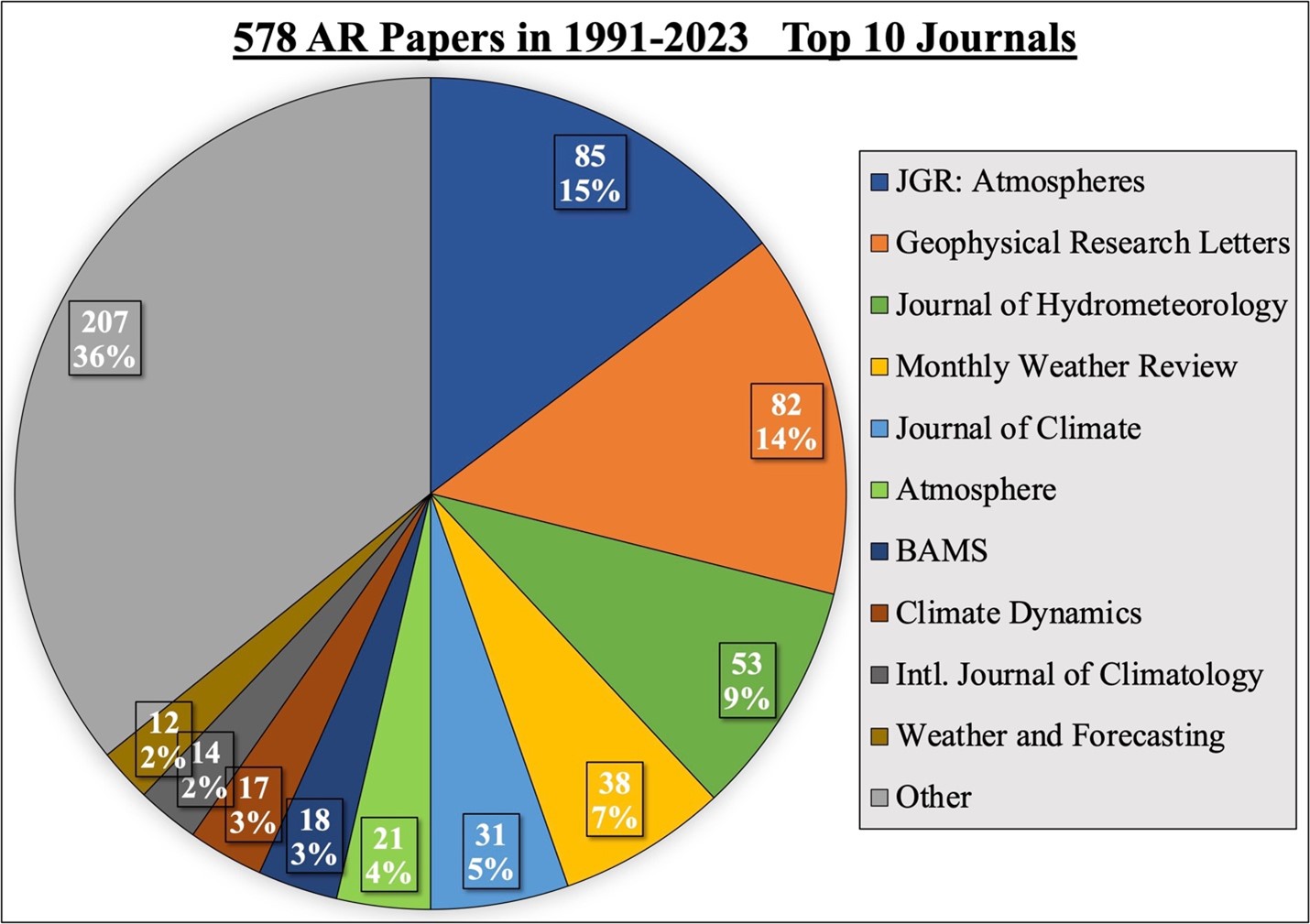
Figure 3. Pie plot showing the peer-reviewed journals of the AR publications in 1991-2020.
The 350 AR-focused articles in 1991-2020 were published in 73 different peer-reviewed academic journals (Figure 3). Eight peer-reviewed journals had at least 10 AR-focused articles during this period, four of which published nearly half of the 350 studies: Geophysical Research Letters, Journal of Hydrometeorology, Journal of Geophysical Research – Atmosphere, and Monthly Weather Review.
Although it is not included in this AR bibliography, the Atmospheric Rivers Book, published in August 2020, contains roughly 20 years of research on ARs (Figure 4). Led by F. Martin Ralph, Mike Dettinger, Jon Rutz, and Duane Waliser, a global team of 34 authors who have conducted and published the majority of critical research on ARs contributed to this book. It emphasizes the progress made on science, applications, and remaining knowledge gaps, providing a comprehensive review of the AR publications in this bibliography.
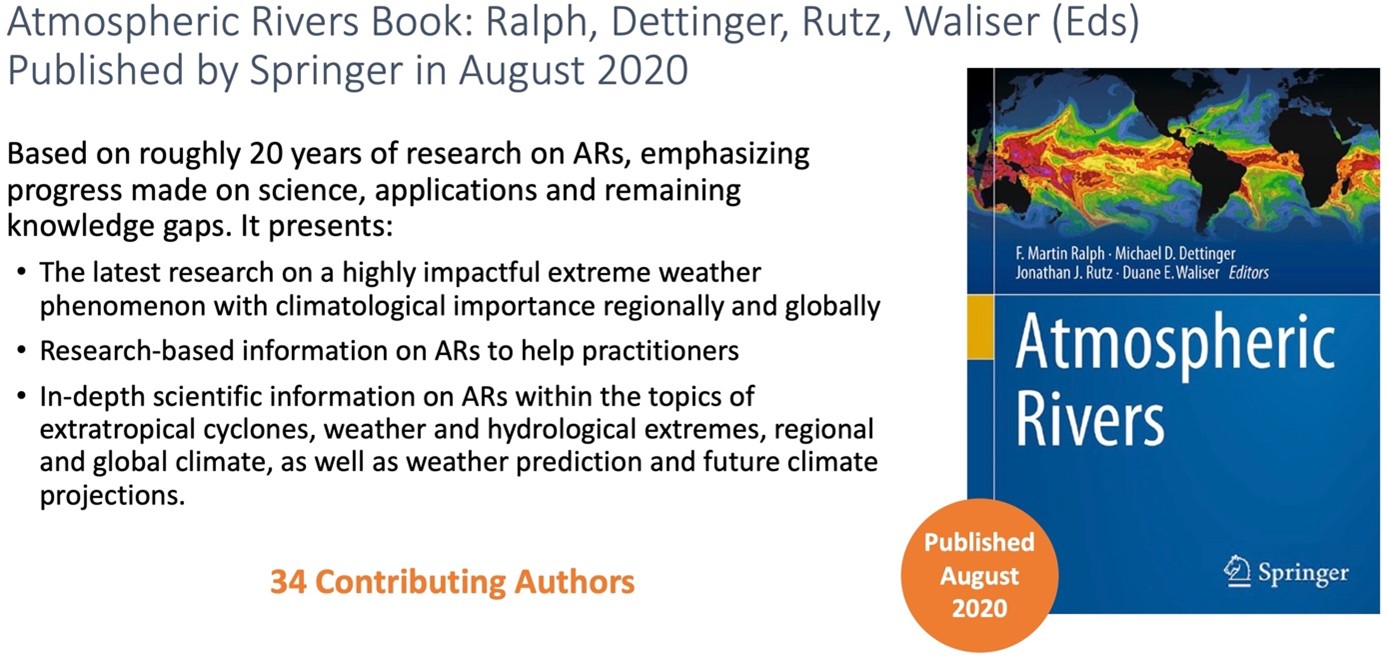
Figure 4. Summary of the Atmospheric River Book.
Currently, this AR bibliography includes 350 AR-focused articles from 1991 through 2020 with detailed information (year of publication, authors, paper titles, and journal names). These articles were selected based on Google Scholar; thus, some relevant publications might be missed. Please send any comments, suggestions, or additions to Zhenhai Zhang. To view the bibliography or learn more about it click here.
Newell, R. E., Newell, N. E., Zhu, Y., & Scott, C. (1992). Tropospheric Rivers – A pilot study. Geophysical Research Letters, 19(24), 2401-2404.
Newell, R. E., & Zhu, Y. (1994). Tropospheric rivers: A one‐year record and a possible application to ice core data. Geophysical Research Letters, 21(2), 113-116.
Ralph, F. M., Neiman, P. J., & Wick, G. A. (2004). Satellite and CALJET aircraft observations of atmospheric rivers over the eastern North Pacific Ocean during the winter of 1997/98. Monthly Weather Review, 132(7), 1721-1745.
Ralph, F. M., Neiman, P. J., & Rotunno, R. (2005). Dropsonde observations in low-level jets over the northeastern Pacific Ocean from CALJET-1998 and PACJET-2001: Mean vertical-profile and atmospheric-river characteristics. Monthly Weather Review, 133(4), 889-910.
Ralph, F. M., Neiman, P. J., Wick, G. A., Gutman, S. I., Dettinger, M. D., Cayan, D. R., & White, A. B. (2006). Flooding on California's Russian River: Role of atmospheric rivers. Geophysical Research Letters, 33(13).
Ralph, F. M., Dettinger, M. D., Cairns, M. M., Galarneau, T. J., & Eylander, J. (2018). Defining “atmospheric river”: How the Glossary of Meteorology helped resolve a debate. Bulletin of the American Meteorological Society, 99(4), 837-839.
Ralph, F. M., Rutz, J. J., Cordeira, J. M., Dettinger, M., Anderson, M., Reynolds, D., … & Smallcomb, C. (2019). A scale to characterize the strength and impacts of atmospheric rivers. Bulletin of the American Meteorological Society, 100(2), 269-289.
Wilson, A. M., Chapman, W., Payne, A., Ramos, A. M., Boehm, C., Campos, D., … & Ralph, F. M. (2020). Training the next generation of researchers in the science and application of atmospheric rivers. Bulletin of the American Meteorological Society, 101(6), E738-E743.
Zhu, Y., & Newell, R. E. (1994). Atmospheric rivers and bombs. Geophysical Research Letters, 21(18), 1999-2002.
